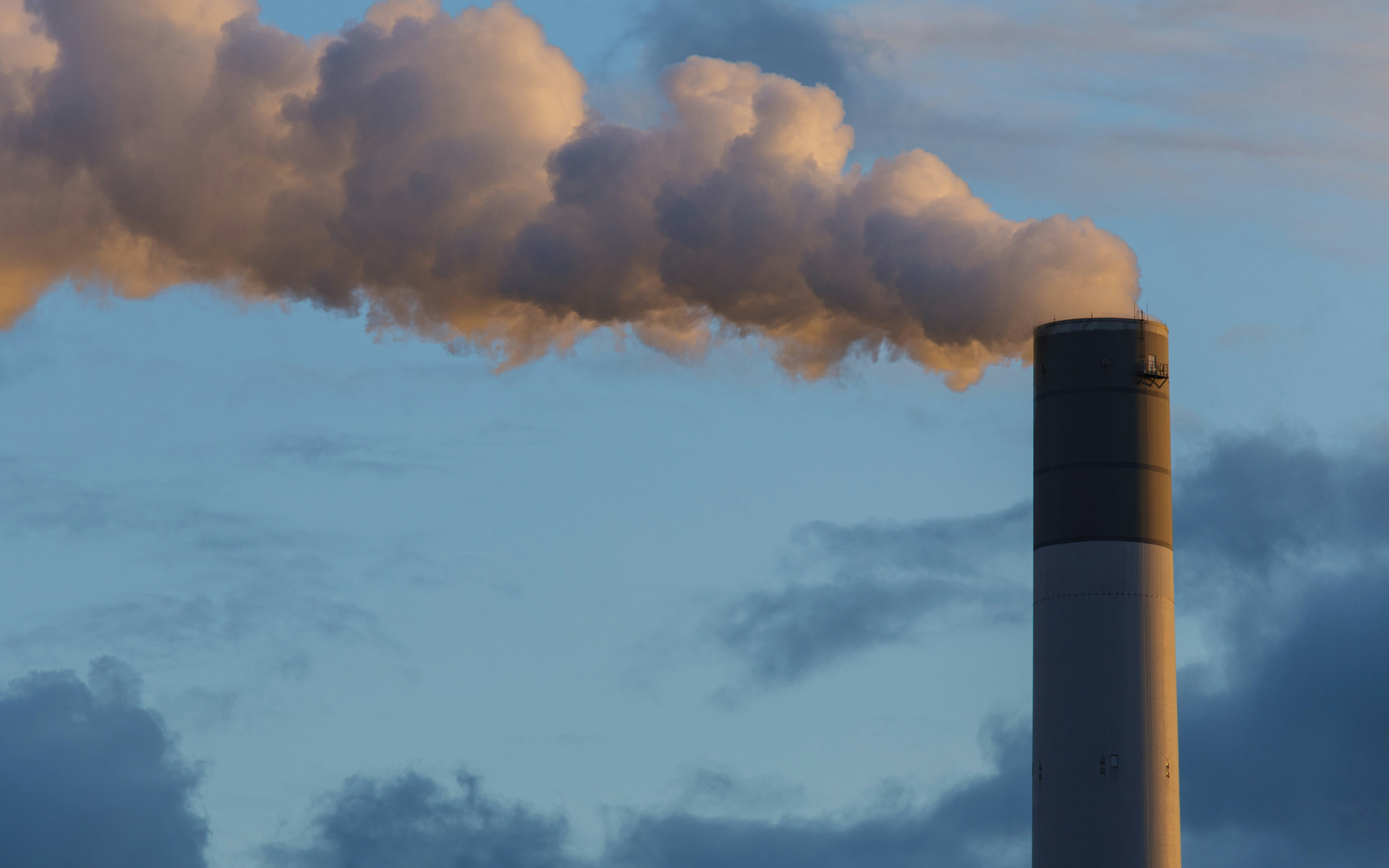Imagine boarding a train at rush hour with a crowd that won’t queue, and no railway staff in sight. You might know the chaos that can ensue as people rush for the doors, pushing and cutting ahead of others, sparking tempers and exhausting moods.
Engineers working on acidic electrolysers for carbon capture currently face a similar ‘crowding at doors’ problem, though with particles instead of people. These systems use catalysts to fuse carbon dioxide (CO2) from the air with hydrogen ions (H+) from a liquid, converting them into useful industrial products such as ethanol. However, a ‘crowd’ of H+ beside a catalyst can change the chemical reactions it favours, producing unwanted hydrogen gas and bicarbonate/carbonate salts instead.
“As bicarbonate and carbonate salts are unreactive and cannot be converted further, they’re essentially a waste of CO2 feedstock,” said Yanwei Lum, an Adjunct Scientist at the A*STAR Institute of Materials Research and Engineering (A*STAR IMRE). “What’s more, the precipitation of these salts can degrade the entire system’s durability and performance, greatly inhibiting CO2 reduction.”
To solve the issue, a group of researchers from A*STAR IMRE, the A*STAR Institute of Sustainability for Chemicals, Energy and Environment (A*STAR ISCE2) and the National University of Singapore (NUS) looked to solid-state batteries for inspiration. The team—which included Lum, A*STAR IMRE PhD student Bo Wu, A*STAR IMRE Scientist Zainal Aabdin and A*STAR ISCE2 Senior Scientist Shibo Xi—designed a new solid-state electrolyte (SSE) system for electrochemical CO2 reduction.
“In a conventional flow cell for this process, the catalyst’s surface is in direct contact with an acidic liquid electrolyte, which concentrates H+ around it,” said Lum. “However, in our SSE system, the catalyst doesn’t directly touch the electrolyte; an SSE layer between the catalyst and electrolyte keeps extra H+ from reaching the catalyst’s surface.”
The SSE layer consisted of a proton conductor previously used by NUS partners to create concentrated carbon product streams. The team found that this layer could act as a filter, allowing just enough H+ into the catalytic system to create an internal environment that favoured CO2 reduction.
Through multiple tests with various electrolytic conditions, the team confirmed that their SSE system worked well with a wide range of catalysts, with one setup for carbon monoxide production achieving a Faradaic efficiency of 87 percent. The team also showed that the SSE system was stably operable for more than 110 hours, and could attain a high single-pass carbon efficiency of 82.8 percent.
“Our SSE system also achieved a high selectivity towards carbon products even with a very diluted CO2 feedstock: 5 percent CO2, 95 percent nitrogen gas,” said Wu. “This opens up possibilities for the direct utilisation of flue gas, which typically has low CO2 concentrations.”
The team plans to further study the local environment between the catalyst and SSE layer to improve the system’s efficiency, while further stabilising the system for industrial and practical use.
The A*STAR-affiliated researchers contributing to this research are from the A*STAR Institute of Materials Research and Engineering (A*STAR IMRE) and the A*STAR Institute of Sustainability for Chemicals, Energy and Environment (A*STAR ISCE2).







